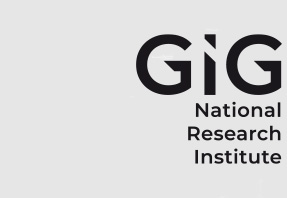Author ORCID Identifier
M. S. Seheda: 0000-0001-8459-5758
O. S. Beshta: 0000-0002-4648-0260
P. F. Gogolyuk: 0000-0003-0002-4638
Yu. V. Blyznak: 0000-0002-4914-2283
R. D. Dychkovskyi: 0000-0002-3143-8940
Adam Smoliński: 0000-0002-4901-7546
Abstract
The aim of the work is to study the wave processes in three-winding power transformers caused by impulse overvoltage, to create an improved mathematical model for reproducing the process of distribution and transmission of the impulse in the windings of a three-winding power transformer. A mathematical model has been developed for the study of internal overvoltage in the windings of three-winding power transformers, based on the proposed substitute circuit of an infinitesimal element, taking into account the longitudinal and transverse inductive connections between the turns of the winding, the electromagnetic connections between the windings and the flux splitting from the main magnetic flux of the magnetic wire, in the form of a system of differential equations in partial derivatives using a modified method of variable separation. The formation of initial and boundary conditions for this mathematical model is presented. The results of the study of the distribution of overvoltage along the windings of a three-winding power transformer as a function of distance and time during the action of a voltage pulse on them are presented, as well as the distribution of overvoltage at different points of the winding of high, medium and low voltage as a function of time. The study of the wave processes in the windings of a three-winding power transformer makes it possible to form new approaches to the coordination of the insulation in the windings of the transformer, replacing physical experiments. The choice of insulation for high and ultra-high-voltage power transformers remains a particularly difficult engineering task since it is necessary to know the maximum voltage values at different points of the winding. The mathematical model presented can be used to create more complex models that allow a more detailed study of the wave processes.
Recommended Citation
Seheda, M. S.; Beshta, O. S.; Gogolyuk, P. F.; Blyznak, Yu. V.; Dychkovskyi, R. D.; and Smoliński, A.
(2024)
"Mathematical model for the management of the wave processes in three-winding transformers with consideration of the main magnetic flux in mining industry,"
Journal of Sustainable Mining: Vol. 23
:
Iss.
1
, Article 3.
Available at: https://doi.org/10.46873/2300-3960.1402
Creative Commons License

This work is licensed under a Creative Commons Attribution-Noncommercial-No Derivative Works 4.0 License.

